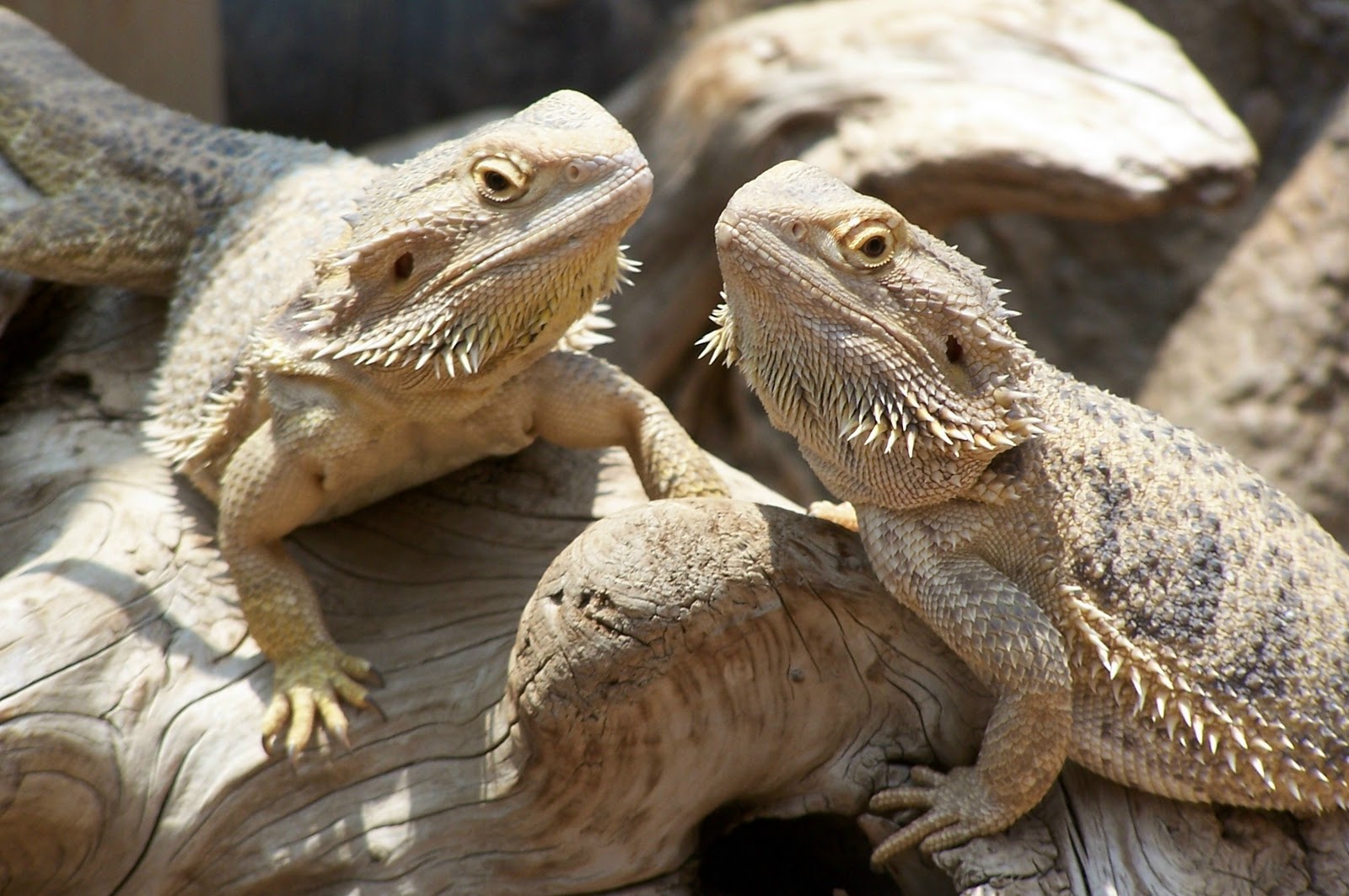Bearded Dragon Pancaking: A Beginner's Guide to Understanding this Strange Behavior
What is Bearded Dragon Pancaking?
Bearded dragons are fascinating creatures that make great pets. They are known for their gentle nature, unique appearance, and quirky behaviors. One behavior that often puzzles and concerns new bearded dragon owners is pancaking.
Pancaking is when a bearded dragon flattens itself against the ground or surface it is on, usually with its legs splayed out to the sides. This behavior can be quite alarming, especially if you are not familiar with it. However, it is important to understand that pancaking is usually a natural behavior that is nothing to worry about.

Why Do Bearded Dragons Pancake?
There are several reasons why bearded dragons pancake, and it is important to understand these reasons to ensure that your pet is happy and healthy.
Temperature Regulation
Bearded dragons are cold-blooded, which means that their body temperature is regulated by the environment. Pancaking is a way for bearded dragons to regulate their body temperature. By flattening themselves against a cool surface, they can lower their body temperature when they are too hot. Conversely, if they are too cold, they may pancake to absorb heat from a warm surface.
Safety
Bearded dragons pancake when they feel threatened or insecure. By flattening themselves against the ground or surface, they are less visible and less likely to be seen by predators. Pancaking is also a way for bearded dragons to protect their soft underbelly, which is vulnerable to attack.
Digestion
Bearded dragons may pancake after a meal. This is because digesting food requires a lot of energy, and flatting themselves helps to conserve energy. Pancaking can also help to put pressure on their stomach, which aids in digestion.

When To Be Concerned About Pancaking
In most cases, pancaking is a normal behavior for bearded dragons. However, there are some situations where pancaking may be a sign of a health problem.
Respiratory Infection
If your bearded dragon is pancaking excessively, and also displaying other symptoms such as wheezing or discharge from the nose or mouth, it may be a sign of a respiratory infection. Respiratory infections are common in bearded dragons and can be serious if left untreated. If you suspect your bearded dragon has a respiratory infection, it is important to take them to a veterinarian as soon as possible.

Moulting
Bearded dragons shed their skin periodically, a process known as moulting. During this time, they may pancake more frequently than usual. However, if your bearded dragon is pancaking excessively or is having difficulty shedding, it may be a sign of a health problem.

Conclusion
In conclusion, bearded dragon pancaking is a natural behavior that is nothing to worry about in most cases. Understanding why bearded dragons pancake can help you ensure that your pet is happy and healthy. However, if you are concerned about your bearded dragon’s pancaking behavior, it is always best to consult with a veterinarian who specializes in reptile care.
